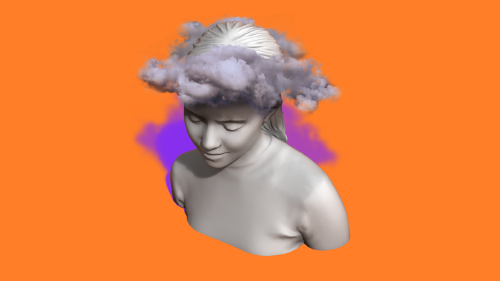What is the negativity bias?
The negativity bias is how humans give more psychological weight to harmful items (experiences, news, impressions) than good ones.
Negativity bias is why humans register negative stimuli more readily and dwell on these events. It is also known as positive-negative asymmetry.
It is responsible for the equity breakdown when we manage any event according to whether it is considered positive or negative.
How does negativity bias influence my life?
If negativity bias takes command of your life, you will be involved in a storm of negative inputs, thoughts and feelings.
You will perceive, analyze and react to reality with a pessimistic approach. Even if you consider yourself a joyful person always with a grin on your face, you feel the sting of a rebuke more powerfully than the joy of praise.
This bias is argued to serve critical evolutionarily adaptive functions. It worked as a risk management mechanism in prehistoric times when the environment was full of threats, making them more prominent.
What can I do about it?
When facing any situation, take a certain distance to be as neutral as possible. Ask yourself: Are you ok? What’s wrong? Why are you so angry or sad? Have you analyzed the facts that make you feel this way?
Push yourself to celebrate any small victories or good news to compensate for the bad time that for sure will come. Pause and relish in the feeling for several moments when something positive happens. Do not feel guilty to try to be happy and share your joy with others.
If you want to apply this knowledge in a career focused on the common good, check our Master's degrees: International Management, Finance or Talent Management, and start to change the world with us.
Because we’re re-solved to advance. We have the re-solution to advance.
Sources
“Bad News Travels Fastest: A Computational Approach to Predictors of Immediacy in Digital Journalism Ecosystems”
- News about negative outcomes spread more quickly than other news
Hoa Loranger October 23, 2016 Behavior Patterns, Psychology and UX
- Users’ tendency to identify flaws in designs raises the bar for what they consider acceptable.
Choices, values, and frames. Kahneman, D., & Tversky, A. (1984). American Psychologist, 39(4), 341–350.
- People will commonly work harder to avoid losing money than they will gain the same amount. The pain of losing 50 € is psychologically twice as powerful as the pleasure of gaining 50 €.
Soroka, Fournier, and Nir (2019)
- Humans worldwide are more aroused by and attentive to negative news on average.
Kahneman & Tversky (2013)
- By focusing or over-emphasizing the potential negatives of a decision, we become more inclined to avoid any type of risk.
